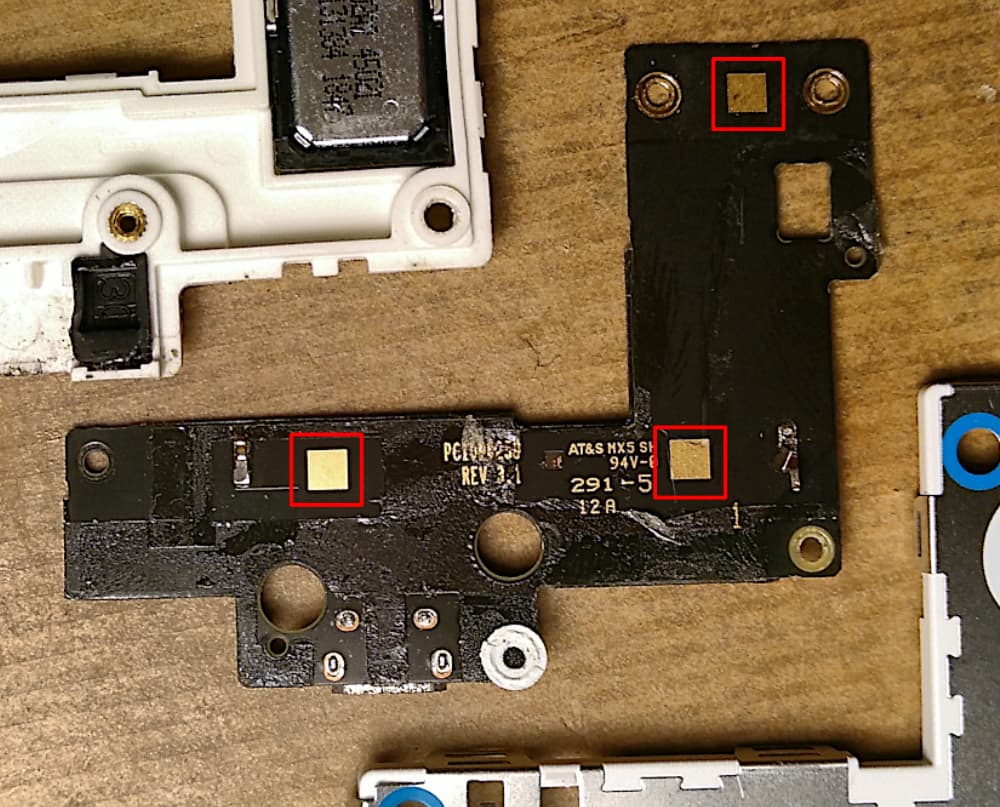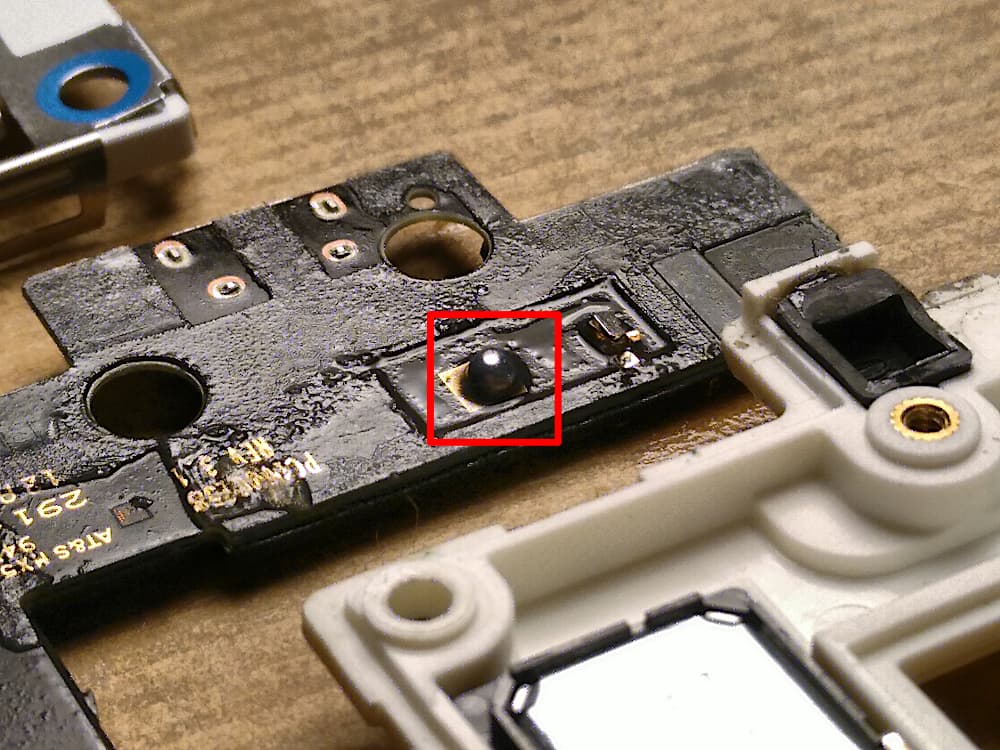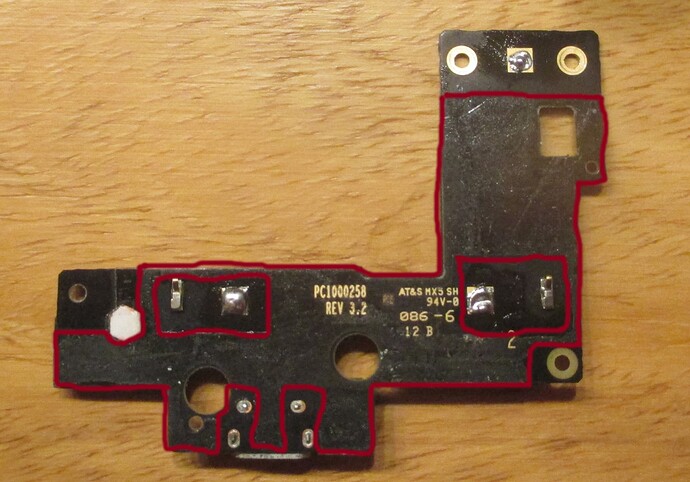Edit: see following posts for updates - this particular fix doesn’t seem to last, but I’m trying out something different. If it works I’ll hide the text below in a spoiler tag and write a new post.
Frustrated as I am at having to wait for parts to fix my Super Nintendo, I thought I’d finally take an in-depth look at some of the broken FP2 bottom modules I have lying around. I’ve never encountered a broken USB port but I have about half a dozen of these things with malfunctioning microphones. Terrible crackling sound that can be temporarily ameliorated by twisting and bending the phone just so. I tried a whole bunch of things to improve mic performance but got nowhere - until I did.
I’d say this is an easy fix though you will need a soldering iron and some solder.
You have to take apart the bottom modules down to the two shell parts and the internal PCB, which has to be pried out of the shell very carefully so as not to bend it too far. Tricky but not hard.
Once you have freed the PCB, you’ll see these three gold squares. They’re supposed to contact the metal shield that sits on the outside of the module through these little metallic sponges. In the two modules I’ve fixed so far, those sponges look all the worse for wear and so the PCB isn’t making good contact - or so I figure, because putting a small blob of solder on each of these three squares and reassembling the module* fixes the mic issues completely. I can flex and bump the phone until the cows come home but the microphone works flawlessly.
Some flux on the pad to make things easy, then some solder. Not too much or the module won’t close, but enough that I can see the metal shield bulge up ever so slightly when the module’s reassembled - so I know there’s contact.
I’ll test the durability of this fix, after which I’ll hopefully be able to repair all the bottom modules I still have, so I can give them away to needy FP2 users. In the meantime, give it a try at your own risk, in the full knowledge that you’re voiding any warranty that may still remain and may set fire to your phone and/or house.
* Don’t worry about the glue that was holding the PCB in place, I’ve been using one without the glue for a year now and it works fine. Just stick it back down as good as you can and you’re golden.
UPDATE: I found a total of 12 bottom modules in my big Fairphone treasure chest. Of those, four worked, three had completely nonfunctional microphones and five had the noisy mic problem. The three nonfunctional ones did not respond to this treatment - same as they were. The scratchy ones all work now. I’m testing one of these in my own FP2 to see if it lasts, and I’m giving one to a friend with a broken module tonight. If they last the week I’ll start giving them away, and hopefully I’ll be able to get my hands on more broken modules.



